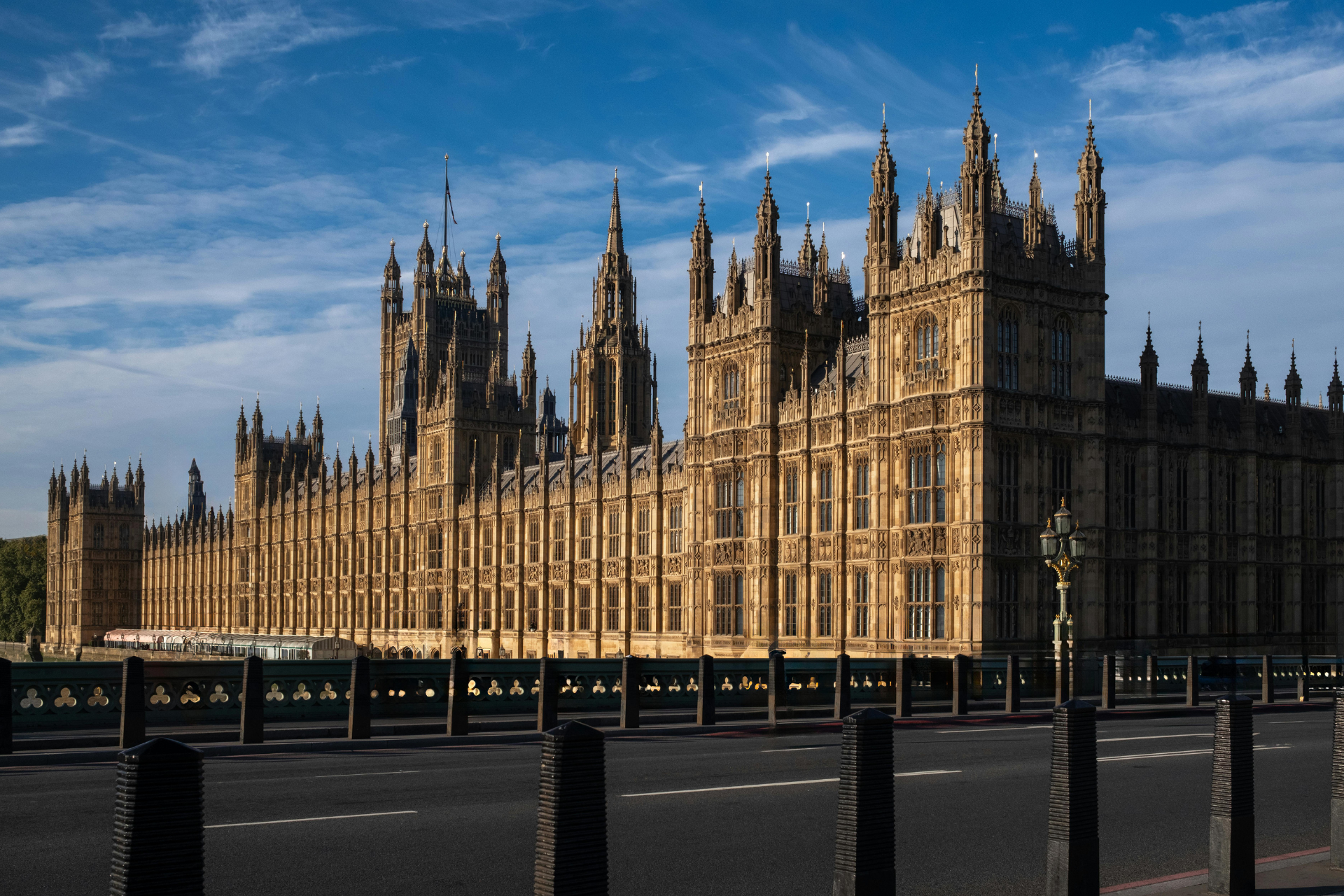As the November Budget approaches, residential property investors are preparing for a set of policy decisions that could influence both short-term confidence and long-term strategy. The economic backdrop is defined by steady inflation, a cooling sales market and ongoing pressure to increase housing supply.
Investors have become more sensitive to fiscal signals, and this year’s Budget is expected to focus on stability rather than structural overhaul. The following is a forward look at the themes that are most likely to shape the sector.
A Continued Focus on Housing Supply
The core challenge for government remains the same. Housing supply has not kept pace with demand, and policy is expected to lean further into measures that support development. Investors should anticipate renewed emphasis on planning reform, incentives for build-to-rent schemes and extensions of existing support for large-scale regeneration zones. The aim is to unlock land and encourage delivery rather than deliver shock changes to taxation.
Possible Adjustments to Stamp Duty
Stamp duty reform is rarely absent from pre-Budget speculation, and 2025 is no exception. While sweeping changes appear unlikely, smaller adjustments designed to stimulate specific parts of the market may be introduced. There may be targeted reliefs for new homes, regional incentives in growth corridors or measures that assist downsizers to free up family housing. Investors should see any movement here as a signal of where the government wants capital to flow rather than as a major shift in the tax landscape.
Energy Efficiency and Regulatory Pressure
Energy performance is expected to remain a central policy theme. Although previous attempts to impose strict deadlines caused uncertainty, the direction of travel is clear. Investors should expect further incentives for retrofitting, additional support for energy-efficient renovation and a clearer long-term roadmap for standards in the private rented sector. These measures are likely to favour investors who take a proactive stance, as higher EPC ratings continue to correlate with stronger tenant demand and reduced operating costs.
Rental Market Stability
The government is under pressure to address rental affordability without discouraging private landlords from remaining in the sector. A balanced approach is expected, focusing on enforcement, transparency and improved tenant protections rather than large-scale legislative overhaul. Investors may see modest adjustments to compliance frameworks but nothing that fundamentally changes the structure of the rental market. Stability, both in policy and sentiment, appears to be the preferred path.
Interest Rates and Market Confidence
Although interest rate decisions sit with the Bank of England rather than the Treasury, investors often interpret the Budget as an indicator of broader economic intent. With inflation slowly easing, the environment for borrowing is expected to become more predictable. The Budget is unlikely to intervene directly in mortgage policy but may reinforce stability through cautious fiscal positioning. This could help support transaction levels moving into early 2026.
A Budget of Direction Rather Than Disruption
The overall expectation is that the November Budget will prioritise continuity. The government is aware that abrupt changes risk suppressing transaction activity at a time when the housing market is already adjusting to higher borrowing costs. Residential investors should therefore prepare for measured policy signals that favour long-term investment, targeted support for development and ongoing encouragement of energy-efficient improvement.
Using the Budget as a Strategic Indicator
For investors, the value of the Budget lies not only in the details but in the direction it sets. A steady hand, renewed focus on supply and clearer expectations for regulation can help shape strategy for the year ahead. At GIP we continue to analyse the policy environment as it evolves, providing investors with context that helps them navigate the residential market with clarity as we move toward 2026.
Photo by Tina P.







